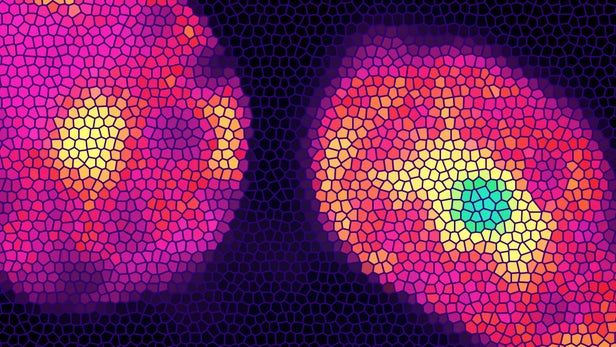Weight gain has often been noted as a side effect of quitting smoking, and research has well established that nicotine can function as an appetite suppressant. A new study has now uncovered a novel mechanism showing how nicotine directly activates a protein that signals a type of fat cell to start burning energy.
A few years ago, scientists discovered a new, third type of fat cell called beige fat. This important discovery revealed an entirely new metabolic target for obesity research. Along with brown fat cells, beige fat was found to rapidly burn calories and generate heat.
Now, new research from the University of Michigan Life Sciences Institute has revealed a novel metabolic mechanism explaining how a protein called CHRNA2 specifically stimulates beige fat cells to burn energy. The study found that CHRNA2 receptor proteins are activated by two molecules – nicotine and acetylcholine.






